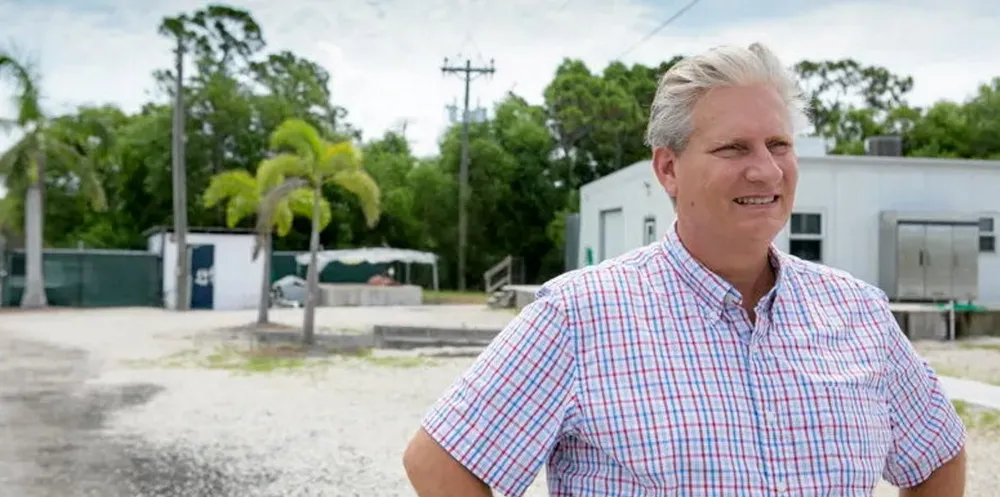'The boom and bust is nuts': Disney shrimp supplier says the Asian farming crisis has a simple solution
Asia's production challenges don't need rocket science to solve, says US producer.

Asia's production challenges don't need rocket science to solve, says US producer.
